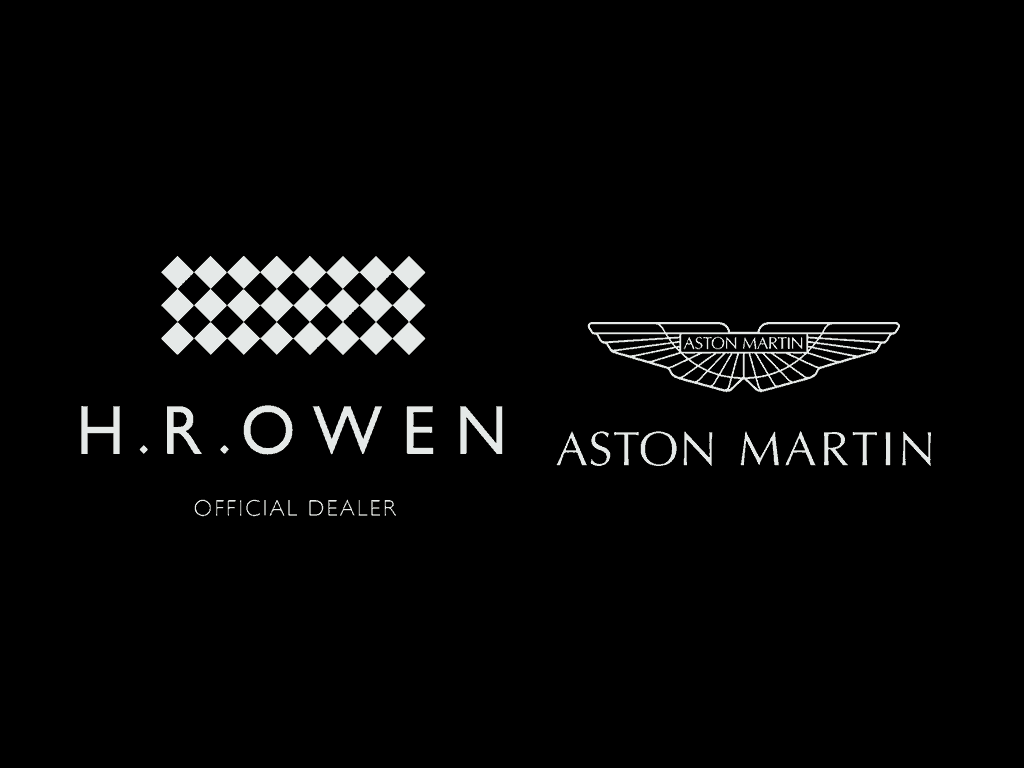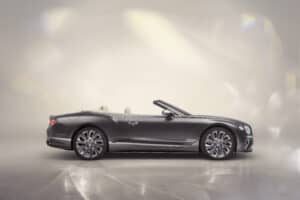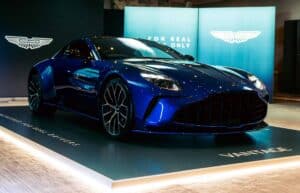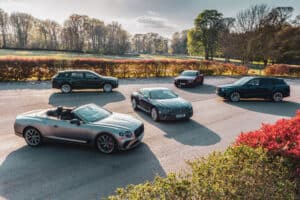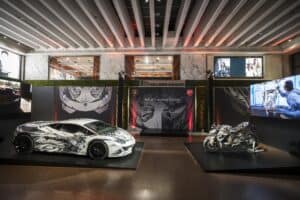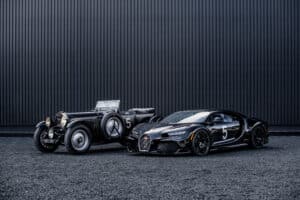Even in the company of the world’s most prestigious car brands, there is something undeniably special about an Aston Martin. From the company’s long-standing prestige associated with its elite clientele, to the continually refined and pioneering designs of its vehicles, Aston Martin has carved out a permanent place for themselves in the world of fine automobile engineering
The company was founded in 1913 by Lionel Martin and Robert Bamford, which means it’s been going strong for over a century now.
The company’s history has been anything but simple, as it went from being a privately held company at its inception, to being acquired by shipping magnet Dan Brown (hence the DB moniker) to being owned by Ford, then finally returning into private ownership (although Ford still owns a stake).
The Landmark Cars, 1913-2000
Throughout the company’s history, certain designs have proven to be hallmark members of the Aston Martin family. Here are some of the most notable.
The Le Mans A 1933 Aston Martin Le Mans (Image by Jens Koster)
A 1933 Aston Martin Le Mans (Image by Jens Koster)
This car is the embodiment of Aston Martin’s classic pre-World War II design efforts. 130 units were manufactured between 1932 and 1934, in both two and four-door configurations. For its time, it was a rather fast vehicle – reaching top speeds of up to 85mph!
The DB1
 1950 model (Image Credit: Wikipedia)
1950 model (Image Credit: Wikipedia)
As the first car to significantly differ in design from Aston Martin’s pre-war vehicles, the DB1 (1948-1950) was a milestone car that defined the company’s aesthetics for years to come. Designer Frank Freeley gave the DB1 sumptuous curves and two elongated front bumpers (which served to hide spare tires) – fresh design elements that would live on in future Aston Martins for decades.
This car heralded the beginning of Aston Martin’s iconic DB series, enhanced by its appearance in many up market TV and film productions from The Saint to the Bond Franchise. The latest is the DB10, which has only been made for the James Bond film Spectre that will be released next year, although their DBX Concept, launched this year is very exciting (read to the end of this blog post).
DBR1
 1957 DBR1 at the Le Mans Aston Martin base (Image Credit: Wikipedia)
1957 DBR1 at the Le Mans Aston Martin base (Image Credit: Wikipedia)
The 1959 victor of the 24 Hours of Le Mans, the DBR1 holds an iconic place in the history of Aston Martin. This sports racing car was first built in 1956 with the intention to race it in the World Sportscar Championship, among others.
When the rules for sportscar racing changed, entrant cars did not have to be street legal, leaving the options wide open for chief designer, Ted Cutting, to create the DBR1. 1956 was a let down after the DBR1 experience gearbox failure during the 246th lap and had to drop out of the race. 1957 proved to be a better year as the DBR1/2 joined the Aston Martin team, with both cars finishing 2nd place. 1958 had its disappointments as the three cars again experienced gearbox failure and failed to finish at the Le Mans. Although all three DBR1’s finished the championship for an overall 2nd place, there was no victory.
The 1959 24 Hours of Le Mans was a joyous triumph for Aston Martin – two of their DBR1’s came in 1st and 2nd place, a full 25 laps ahead of the next competitor.
DBR2
 DBR2 at the Monterey Historic Races in 2004 (Image Credit: Wikipedia)
DBR2 at the Monterey Historic Races in 2004 (Image Credit: Wikipedia)
Known as the sibling to the DBR1, this car was entered in non-championship races competing in larger engine capacity groups. This iconic car’s racing history started at the 1957 24 Hours of Le Mans, where it was withdrawn due to carburettor system issues. With those issues soon after fixed, the DBR2 entered the racing sphere again, competing in different races. It sustained a debilitating crash at the August 1957 Spa Grand Prix. Being rebuilt for 1958, the DBR2 went on to score victories at Lime Rock and Marlborough, as well as winning the Sussex Trophy at Goodwood and the British Empire Trophy at Oulton Park.
The car was then transferred to the US where it could compete America where it could compete easier with larger engine capacities. The DBR2 continued its winning streak, scoring victories in New York and two in the Bahamas. In 1960 it returned to Aston Martin in Britain. Soon after, the Aston Martin legend was sold to private parties who rebuilt it with the coupe bodywork from DB3/6 placed on it – the most recent sale of the DBR2 fetched £9,200,000. A restored DBR2 won the Pebble Beach Concours d’Elegance’s People’s Choice Award.
The Bulldog
 1979 Bulldog (Image credit: Edvc)
1979 Bulldog (Image credit: Edvc)
Despite the fact that the Bulldog was a one-off concept car, it still has a lot to contribute to the Aston Martin heritage. The purpose of the Bulldog (1979) was primarily to show off the company’s capacity to design and manufacture a high-end supercar on a par with others being produced during the 80’s. And it certainly did prove that.
The original plan was to manufacture 24 examples, but only one was ever made. However, the one Bulldog that did make it into existence was able to use its powerful 5.3L twin-turbo V8 to hit a verified top speed of 191 mph, making it one of the fastest V8 Aston Martins ever created.
The Virage
 A later model year of the Virage – 1991 (Image by Ben)
A later model year of the Virage – 1991 (Image by Ben)
First introduced at the 1988 Birmingham Motor Show, positioned as a replacement for the company’s older V8 models, the Virage was a breath of fresh air to the Aston Martin lineup. Its stunning looks and impressive performance exemplify the archetype of the classic V8 AM.
The Cutting Edge: 2009-2015
As technology has advanced, the engineering capabilities of the company have kept up with the cutting edge of new tools and concepts. These next three models show that off better than any others.
One-77
 Photograph by Alexandre Prevot Photographie
Photograph by Alexandre Prevot Photographie
This legendary car created worldwide buzz at the 2008 Paris Motor Show where details were leaked and the car was displayed through a “Savile Row tailored skirt”.
Fully revealed at the 2009 Geneva Motor Show, this car was a sleek beauty to add to Aston Martin’s line of legendary sportscars. Selling for £1,150,000, production of 77 of these cars began in 2011. Boasting a hand-crafted aluminium body, full carbon fibre monocoque chassis and a 7.3 litre (7312 cc) V12 engine with 750hp (560kW), top speeds were 220 mph (20 mph faster than estimated) and a 0-60 time of about 3.5 seconds.
The Rapide
 Aston Martin Rapide at the 2010 Geneva Motor Show (Image by Lukasdesign)
Aston Martin Rapide at the 2010 Geneva Motor Show (Image by Lukasdesign)
Presented as Aston Martin’s attempt at a beautiful four-door sports car, the Rapide is anything but your normal, boring four-door. The vicious AM29 V12 engine under the hood of the 2015 Rapide keeps things interesting, giving the car a 4.2 sec sprint time and nearly 20% more total power than the original model.
The Vanquish
 2013 Aston Martin Vanquish (Image by Stephen Hennessey)
2013 Aston Martin Vanquish (Image by Stephen Hennessey)
The final car on the list is the Vanquish. Aston Martin released the Vanquish in 2013 as an homage to the 100-year anniversary of the company, “…the greatest Aston Martin in history, a flagship to lead us into our second century.”
The latest incarnation of the Vanquish is fitted out with a state-of-the-science AM29 V12 engine that’s touted as the most powerful GT engine in the company’s entire history – 201 mph top speed, 568 bhp, and 0-60 in well under 4 seconds.
The Vulcan Hypercar
 The Vulcan at the 2015 Geneva Motor Show (Image by Norbert Aepli)
The Vulcan at the 2015 Geneva Motor Show (Image by Norbert Aepli)
If the obscenely powerful supercars of modern auto engineering weren’t enough, now we’re starting to see even more powerful ‘hypercars.’ And that’s exactly what the Vulcan is. To say anything else would be a major understatement.
This track-only, rear wheel drive, 7 L V12 beast of a limited edition race car will only be produced in 24 examples, and it’s price tag will be a staggering $2.3 million. While no official performance tests have been carried out on the Vulcan, you can expect to see some blazingly fast stats when they are.
The Future
Considering the innovative, all-electric DBX Crossover Concept Aston Martin revealed at this year’s Geneva Motorshow, the future looks bright. Aston Martin is always looking toward the horizon, as their CEO Dr. Andy Palmer reiterated, “I asked my team at Aston Martin to expand their thinking beyond conventions, to explore what the future of luxury GT motoring would look like in years ahead, and the DBX Concept you see before you is the result.”
 DBX Concept (Image source: HR Owen)
DBX Concept (Image source: HR Owen)
From its deep roots that have made history time and time again to its marvels of modern engineering, Aston Martin is a household name in the world of fine car manufacturing that isn’t likely to go away anytime soon. For casual car enthusiasts or the most seasoned of connoisseurs alike, there will always be something special about an Aston Martin.

